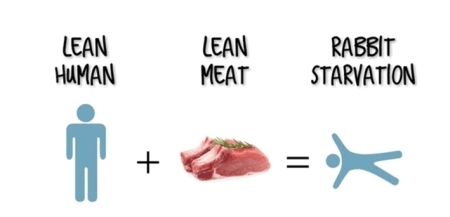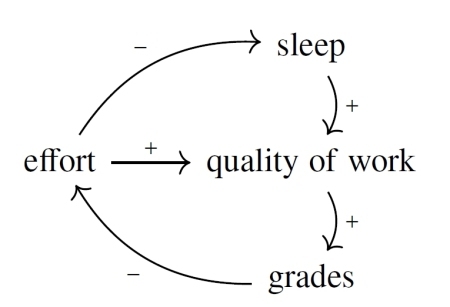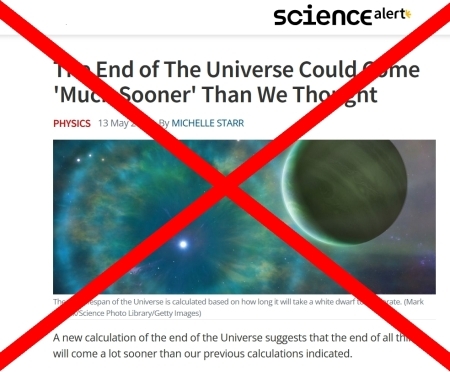John C. Baez's Blog, page 3
July 16, 2025
The Kepler Problem (Part 3)
The Kepler problem studies a particle moving in an inverse square force, like a planet orbiting the Sun. Last time I talked about an extra conserved quantity associated to this problem, which keeps elliptical orbits from precessing or changing shape. This extra conserved quantity is sometimes called the Laplace–Runge–Lenz vector, but since it was first discovered by none of these people, I prefer to call it the ‘eccentricity vector’
In 1847, Hamilton noticed a fascinating consequence of this ...
July 14, 2025
The Kepler Problem (Part 2)
I’ve been working on a math project involving the periodic table of elements and the Kepler problem—that is, the problem of a particle moving in an inverse square force law. I started it in 2021, but I just finished. I want to explain it. But I need some things to be fresh in your mind, so I’m going to republish some old blog articles, starting with this one. (For Part 1 go here, but you won’t need that for what’s to come.)
Let’s start with the ‘eccentricity vector’. This is a conserved qu...
July 12, 2025
Stone–Wales Transformations
Buckminsterfullerene is a molecule shaped like a soccer ball, made of 60 carbon atoms. If one of the bonds between two hexagons rotates, we get a weird mutant version of this molecule:

This is an example of a Stone-Wales transformation: a 90° rotation in a so-called ‘π bond’ between carbon atoms. Here’s how it works in graphene:

Graphene is a sheet of carbon molecules arranged in hexagons. When they undergo a Stone–Wales transformation, we get a Stone–Wales defect with two pentagons ...
July 11, 2025
Neanderthal Bone Grease Factory
Today I learned about ‘rabbit starvation’ and how Neanderthals avoided it.
When you’re a hunter-gatherer and it’s winter, you may try to survive by eating only meat—like rabbits, but also deer and other game. But this gives you too much protein and not enough carbohydrates and fat: most of this meat is very lean. If you eat enough lean meat to get all the calories you need, you can die from an overdose of protein! It’s called ‘protein toxicity’.
Hunter-gatherers in this situation sometime...
July 8, 2025
CatColab for Model Building
guest post by Nathaniel D. Osgood
Together with 4 students from our Computational Epidemiology and Public Health Informatics Lab (CEPHIL), I spent my Friday at one of our community group model building event, this one focused on drivers for homelessness in our city (Saskatoon, Canada).
Although our behavioural ethics review board stipulated that the group should not include people who are currently homeless, the participants were people with lived experience of homelessness, with most having per...
July 6, 2025
David Suzuki on Climate Change
David Suzuki is an 89-year-old Canadian geneticist, science broadcaster and environmental activist. In this interview he says some things that I’ve come to agree with.
• ‘It’s too late’: David Suzuki says the fight against climate change is lost, iPolitics, 2 July 2025.
Q: It’s clear you haven’t lost your passion for a lot of the issues that you care about, but do you ever feel like you’re banging your head against the wall? If you look at public opinion data, climate change is often well dow...
June 28, 2025
Counting with Categories
You can see some lecture notes for a minicourse on combinatorics that I’m teaching at the Summer School on Algebra at the Zografou campus of the National Technical University of Athens. Since the formatting works more nicely on the n-Category Café I’ll just point you there:
• Counting with categories (part 1)—species and their generating functions; the category of species.
• Counting with categories (part 2)—the 2-rig of species; counting binary trees.
• Counting with categories (part 3)—substi...
June 20, 2025
Polarities (Part 6)
I’ve been working with Adittya Chaudhuri on some ideas related to this series of blog articles, and now our paper is done!
• John Baez and Adittya Chaudhuri, Graphs with polarities.
Abstract. In fields ranging from business to systems biology, directed graphs with edges labeled by signs are used to model systems in a simple way: the nodes represent entities of some sort, and an edge indicates that one entity directly affects another either positively or negatively. Multiplying the signs along ...
June 6, 2025
The Oort Cloud

The Oort cloud is a huge region of icy objects surrounding our Sun. We’re not sure it exists, but we think it’s where comets come from.
I’ve often seen the Oort cloud drawn as a vague round blob. But recently some people simulated it—and discovered that tidal forces from the Milky Way may pull it into a much more interesting shape:
• David Nesvorný, Luke Dones, David Vokrouhlický, Hal F. Levison, Cristian Beaugé, Jacqueline Faherty, Carter Emmart, and Jon P. Parker, A spiral structure i...
May 17, 2025
Dead Stars Don’t Radiate
Three guys claim that any heavy chunk of matter emits Hawking radiation, even if it’s not a black hole:
• Michael F. Wondrak, Walter D. van Suijlekom and Heino Falcke, Gravitational pair production and black hole evaporation, Phys. Rev. Lett. 130 (2023), 221502.
Now they’re getting more publicity by claiming this means that the universe will fizzle out sooner than we expected. They’re claiming, for example, that a dead, cold star will emit Hawking radiation, and thus slowly lose mass and event...
John C. Baez's Blog
- John C. Baez's profile
- 29 followers







